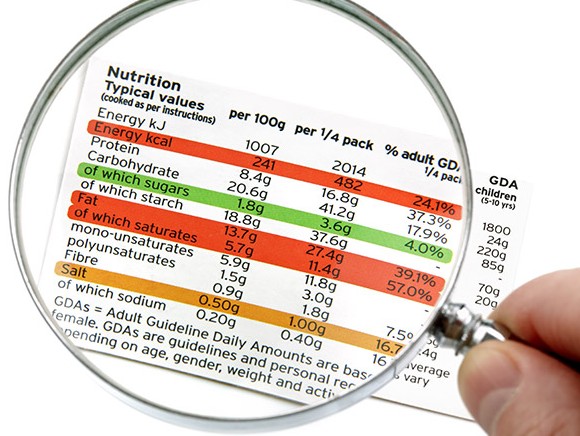
The new Dutch Food and Commodities Act Decree on Food Information (Warenwetbesluit Informatie Levensmiddelen) came into force in the Netherlands for manufacturers on 13 December 2016. As a result of this new legislation, food manufacturing companies are now required to present extensive information on the label. The aim is to help consumers make healthier food choices.
The new law replaces the old one, under which food manufacturing companies were free to decide which information they wanted to include on the label. The new law stipulates a minimum font size of 1.2 millimetres. In addition, the label must list all ingredients, all allergens, the nutrition value per hundred grams or millilitres, the amount and the best-before date. If the product contains nanoparticles, it is now also mandatory to list that fact. Allergens must be clearly legible, such as by highlighting them in bold type. Manufacturers do have a degree of freedom with respect to the listing of portion sizes, instructions for use and an alcohol percentage that is below 1.2 percent.
No research has been conducted into the new law as yet, but Wieke van der Vossen from the Netherlands Nutrition Centre Foundation (Voedingscentrum) comments in Dutch newspaper Trouw that this legislation is an important step in the right direction: “At least now, thanks to uniform labels, consumers can compare the information about different products. The idea is that this can really help. In the past, one label would list salt, another wouldn’t, and a third would call it ‘sodium’. That was confusing.”
The new law is also intended to avoid misunderstandings. For example: if a product contains chocolate flavour coating, i.e. ‘fake chocolate’, that must be clearly indicated on the label. The same applies if a product is actually made up of multiple products, even if it appears to be just one product. Think of meat products, for example: the packaging could now include the word ‘combined’ or ‘reconstituted’ meat to clearly indicate that the product comprises various types of meat.
Source: © Brian A Jackson/Shutterstock.com